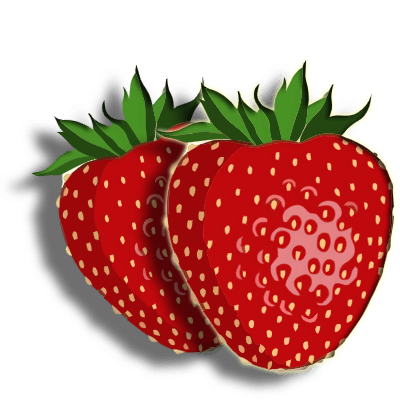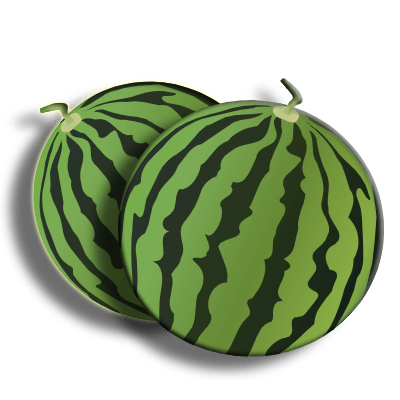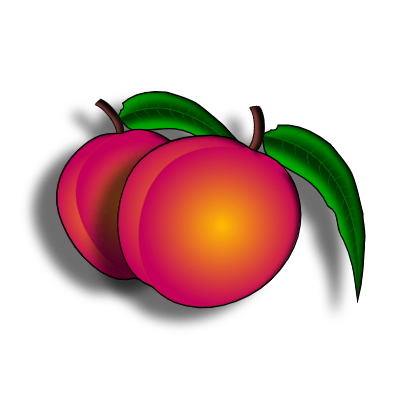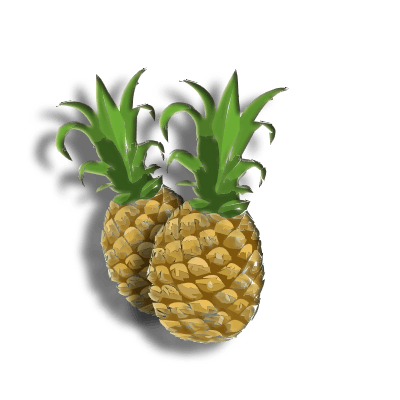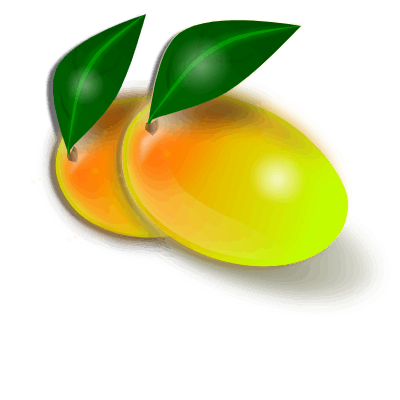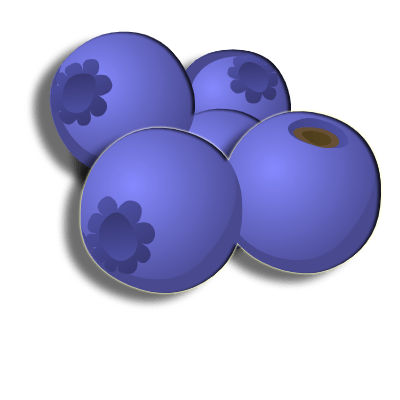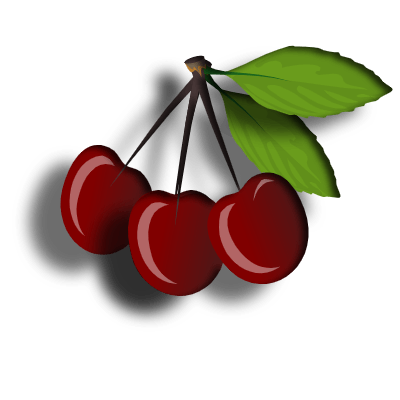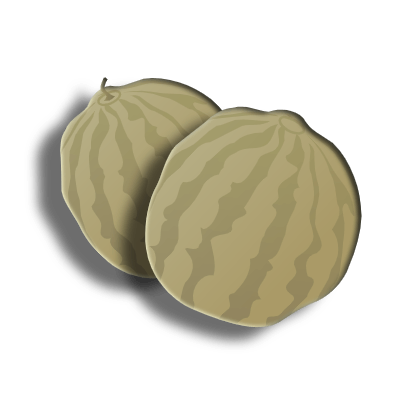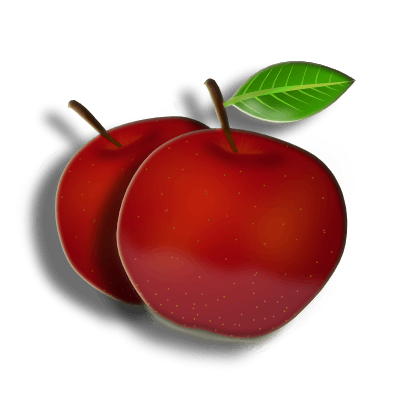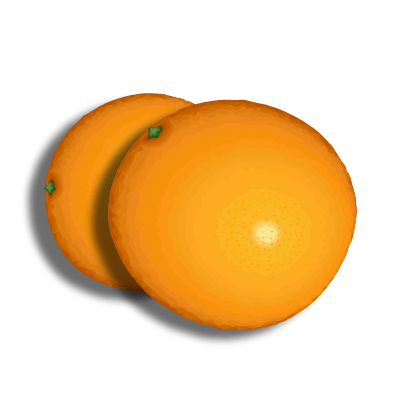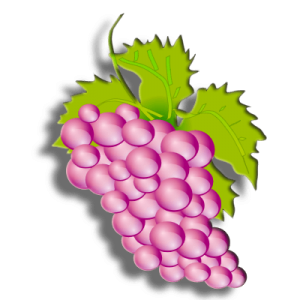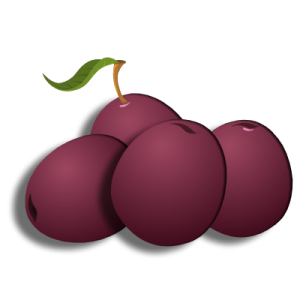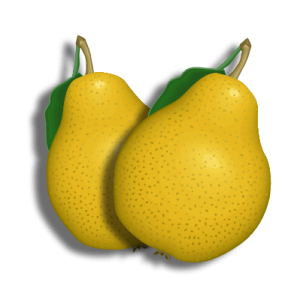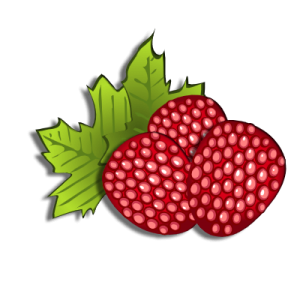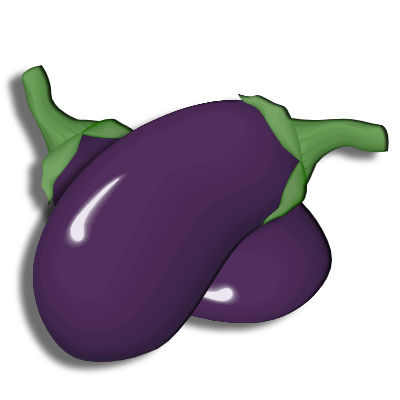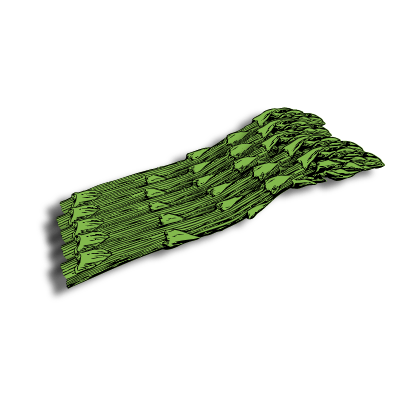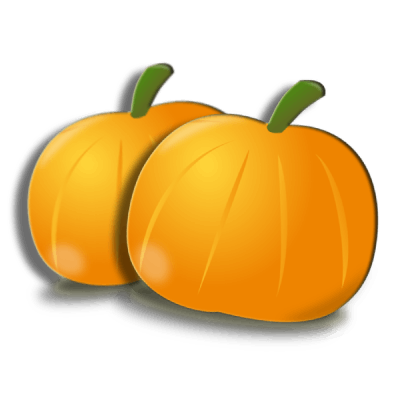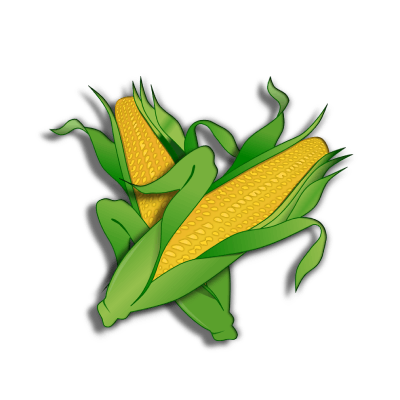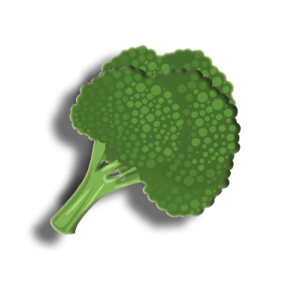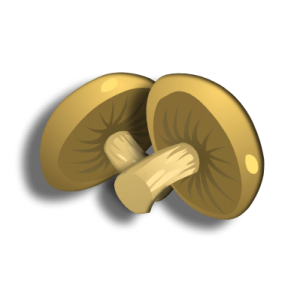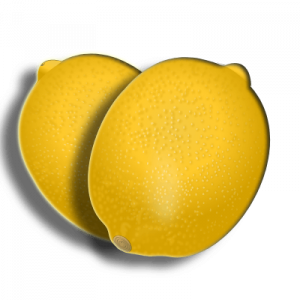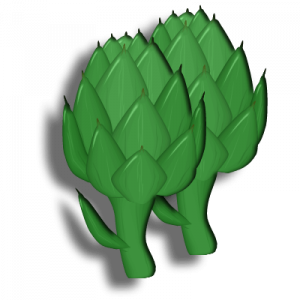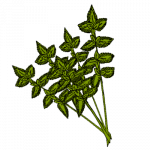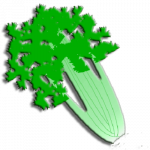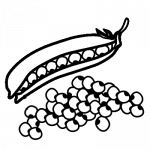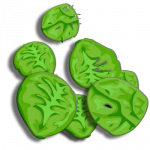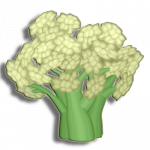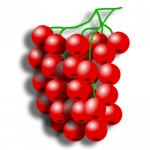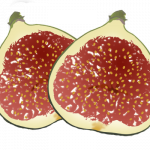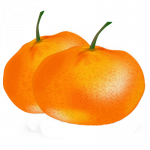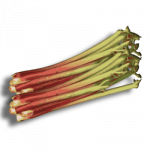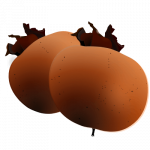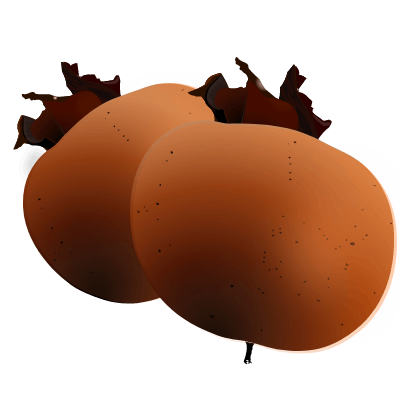
The persimmon season is mostly in autumn. In the September-November period, you will see the fruit in Georgia, Hawaii, Indiana, Iowa, Kansas, Louisiana, Maryland, Nebraska, Oregon, and Washington groceries. In December you can find it in California, Mississippi, and Alabama.
Please check when and where you can find this orange-colored fleshy and sweet berry in the US in the following chart.
| State | Persimmon in season |
|---|---|
| Alabama | Mid-September till December |
| Northern California | January till March and September till December |
| Southern California | September till December |
| North Florida | August till October |
| Georgia | September till November |
| Hawaii | September till November |
| Indiana | October |
| Iowa | October |
| Kansas | October |
| Louisiana | Mid-September till November |
| Maryland | October till November |
| Michigan | October |
| Mississippi | Mid-September till December |
| Missouri | October |
| Nebraska | October |
| North Carolina | September, October |
| Ohio | October |
| Oklahoma | October |
| Oregon | September till November |
| South Carolina | September till November |
| Texas | August till November |
| Virginia | October till November |
| Washington | September till November |
| West Virginia | October |
| Wyoming | October |
The persimmon season is mostly in autumn. In the September-November period, you will see the fruit in Georgia, Hawaii, Indiana, Iowa, Kansas, Louisiana, Maryland, Nebraska, Oregon, and Washington groceries. In December you can find it in California, Mississippi, and Alabama.
Please check when and where you can find this orange-colored fleshy and sweet berry in the US in the following chart.
Persimmon contains many vitamins, especially A, C, and B; as well as trace elements: iodine, iron, calcium, potassium, phosphorus, manganese, magnesium. Persimmon is useful for the prevention of vitamin deficiency, iron deficiency anemia, and scurvy. Iodine replenishes the deficiency of this substance in the body and reduces the risk of thyroid gland diseases.
This berry has a low concentration of acids, which favorably affects the work of the gastrointestinal tract in case of peptic ulcer disease, liver and kidney disease. The antibacterial properties help fight the pathological intestinal flora.
Persimmon is useful for diseases of the heart and blood vessels. The risk of atherosclerosis is reduced, and the diuretic effect of the berry helps to relieve swelling caused by poor heart function.
By itself, fresh persimmon should be separated from the main meal – with a pause of an hour and a half. The berry belongs to the category of desserts, so nuts, yogurt, or cheeses will perfectly complement it. Persimmons can be added to poultry, lamb, beef. As far as the exception foods are concerned, they should not be combined with milk.
Persimmon is widely used in cooking in the manufacture of salads, meat dishes, and desserts (puddings, jellies, jam), as well as drinks. It is eaten fresh, but it is also dried and candied.
Look also at these fruits & vegetables:
